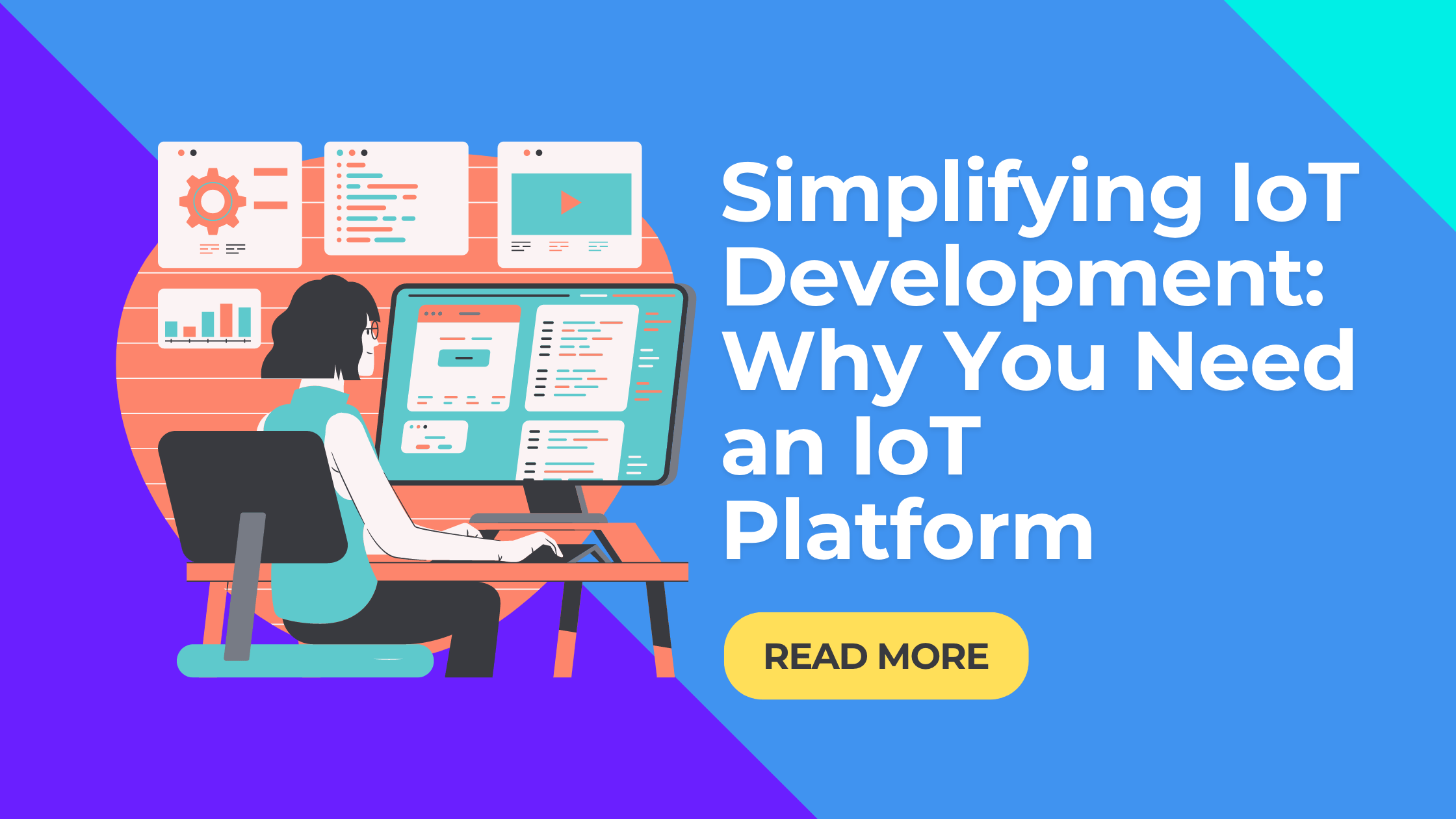The Internet of Things (IoT) has become increasingly popular over the years, with more and more devices being connected to the internet. This trend has led to a significant increase in the development of IoT products. However, developing IoT products from scratch can be a complex and time-consuming process, requiring a diverse set of skills and expertise. This is where IoT platforms come in. IoT platforms like AWS IoT, Azure IoT, FAVORIOT, and Google Cloud IoT provide a range of tools and services to simplify and accelerate IoT product development.
Here are some ways in which IoT platforms can help make IoT product development simpler and faster:
- Device management: IoT platforms provide device management capabilities enabling developers to manage their devices remotely. This includes firmware updates, configuration management, and real-time device monitoring. Using IoT platforms’ device management capabilities, developers can reduce the time and effort required to maintain and manage their IoT devices.
- Data collection and analysis: IoT platforms provide tools for collecting, storing, and analyzing data from IoT devices. This includes real-time data streaming, data visualization, and predictive analytics. By leveraging IoT platforms’ data analysis tools, developers can gain insights into their IoT devices’ performance and behavior, enabling them to make informed decisions about device maintenance, upgrades, and optimization.
- Integration with other platforms: IoT platforms can integrate with cloud platforms such as machine learning, storage, and security. This enables developers to leverage the power of other cloud services to build and deploy their IoT products more quickly and efficiently.
- Scalability: IoT platforms are designed to be scalable, allowing developers to add or remove devices and sensors as necessary. This reduces hardware and infrastructure costs and enables IoT products to grow as the business or application demand increases.
- Security: IoT platforms provide robust security features such as authentication, encryption, and access control to protect IoT data from unauthorized access. This reduces the risk of costly cyber-attacks and helps ensure IoT products meet regulatory requirements.
- Development tools: IoT platforms provide development tools that enable developers to build and deploy IoT products quickly and efficiently. These tools include pre-built components such as sensors, gateways, and communication protocols, reducing the time and effort required to build IoT products from scratch.
In conclusion, IoT platforms provide a range of tools and services that simplify and accelerate IoT product development. By providing device management capabilities, data collection, and analysis tools, integration with other cloud platforms, scalability, security, and development tools, IoT platforms enable developers to build and deploy IoT products more quickly and efficiently. With the adoption of an IoT platform, businesses and organizations can capitalize on the opportunities provided by the connected world and create innovative and value-adding IoT applications.
Further Readings
- Why Developing a Complex IoT Platform In-House Can Be More Trouble Than It’s Worth
- Choosing the Right IoT Platform: Pros and Cons of Vertical vs. Horizontal Solutions
- The Pros and Cons of Using Public and Enterprise IoT Platform
- Seven (7) Steps to Build an IoT Business [Infographics]
- Eight (8) Steps to Becoming an IoT System Integrator [Infographics]
- How an IoT Platform Can Transform Your Business: 10 Key Benefits to Know
- The 8 Essential Skills Required to Develop IoT Project [Infographics]
- How-To Setup Centre of Excellence for Internet of Things
- Three Tips You Can Become the IoT Hero in 2023

1 thought on “Simplifying IoT Development: Why You Need an IoT Platform”